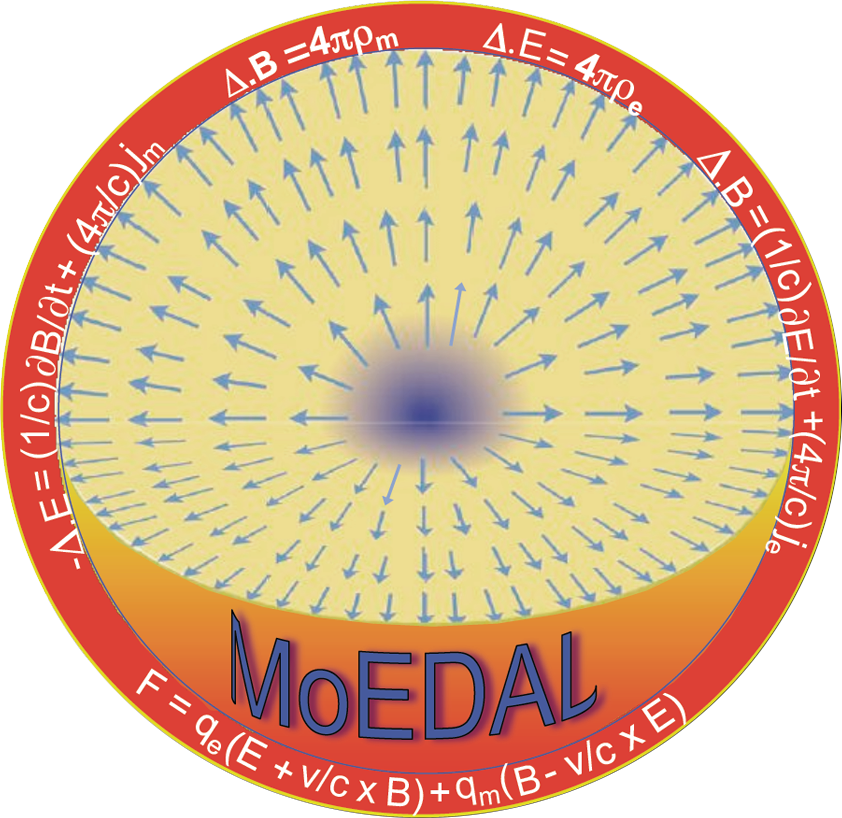In 1931 Dirac introduced the magnetic monopole in order to explain the quantization of the electric charge, which follows from the existence of at least one free magnetic charge. He established the basic relationship between the elementary electric charge e and the basic magnetic charge:
g = nħc/2e = ngD
where n is an integer, n = 1, 2, ... The magnetic charge g = ngD; gD = ħc/2e = 68.5e is called the unit Dirac charge. The existence of magnetic charges and of magnetic currents would symmetrize in form Maxwell’s equations, but the symmetry would not be perfect since e ≠ g. But, if the couplings are energy dependent they could converge to a single common value at very high energies.
There is no real prediction of the mass of classical Dirac magnetic monopole. One may obtain a rough estimate assuming that the classical monopole radius is equal to the classical electron radius: from which rM = g2/(mMc2) = re = e2/mec2 from which mM = g2me/e2 ≈ n.4700.me = n.2.4 GeV/c2. Thus the mass should be relatively large and even larger if the basic charge is e/3 (the quark charge) and if n > 1.
Grand Unification magnetic monopoles, with masses of the order of 1015 GeV are well beyond the reach of any presently conceivable man-made accelerator. Never-the-less there are models where monopoles could appear in a mass range accessible to the LHC. Examples include:
- The electroweak Cho-Maison monopole;
- The Troost-Vinciarelli monopole with mass that depends on the matter field (104 GeV/c2 with IVB matter fields, 102 GeV/c2 with matter fields and 50 GeV/c2 with spin-1/2 matter fields);
- Some superstring models where, monopoles/dyons with a mass low enough (∼1 TeV/c2) to be detected at the LHC are hypothesized.
Since 1931 searches for magnetic monopoles have been carried out at each new accelerator at the high energy frontier. Relatively simple search experiments were employed and recently also large collider detectors were used. In fact, monopole searches have been carried out in e+-e−, e-p, p-p, and p-pbar interactions at various high energy colliders. For example, searches at the Fermilab collider seem to exclude MMs with masses up to 850 GeV. Experiments at the LEP2 collider excluded masses below 102 GeV. The limits produced on magnetic monopole production depend on the physical process by which the monopole is presumed to be produced.
